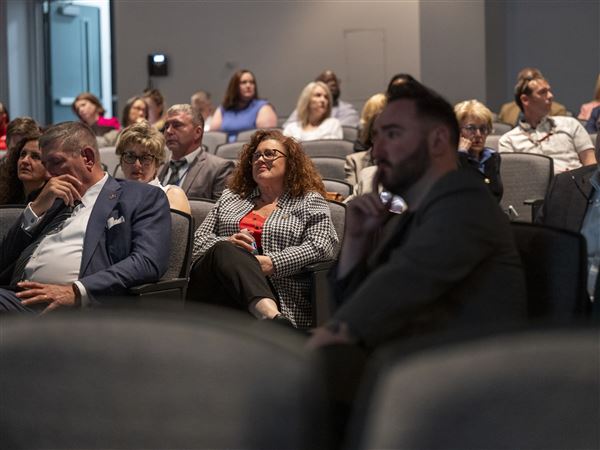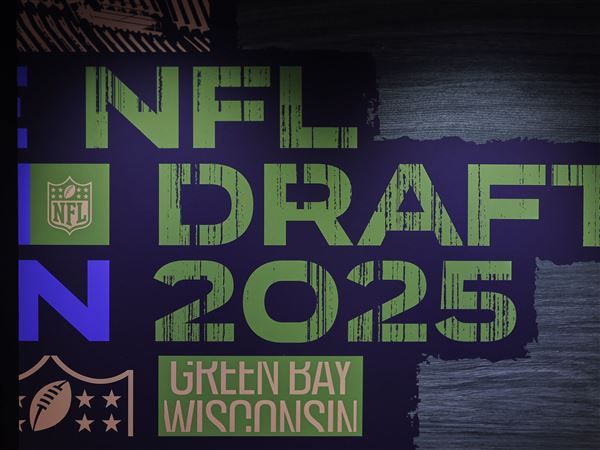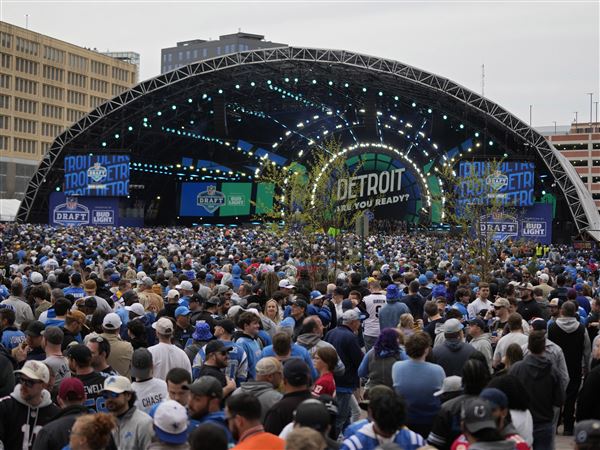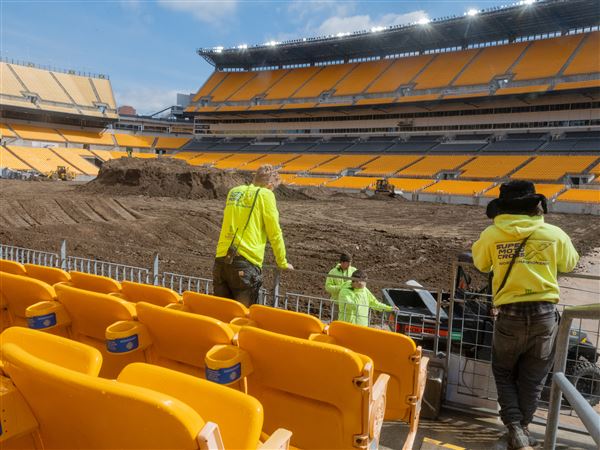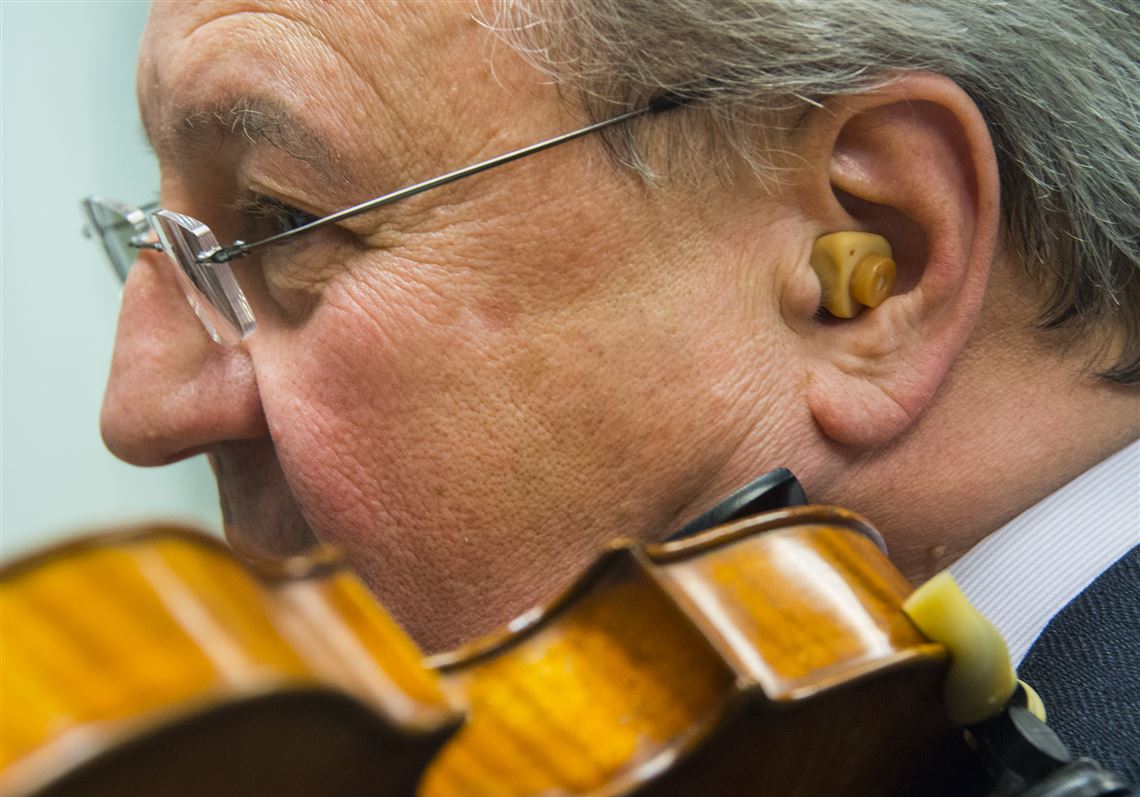Orchestras can play as soft as a whisper or louder than a thunderclap. Literally.
In March, a violist in the U.K.’s Royal Opera House orchestra won a case in the High Court of Justice against the organization claiming damages for “acoustic shock.” He alleged that the noise level in the orchestra pit at a rehearsal of Wagner’s “Die Walkure” in 2012 caused irrevocable damage to his hearing. He’s since retired from the pit and moved to the countryside in search of solace and silence as he attempts to rehabilitate his hearing.
Violist Chris Goldscheider, 45, was wearing custom musician earplugs during parts of the rehearsal — which the Royal Opera is required by law to provide to musicians — but he claims that they were not sufficient to protect his hearing. Damages are still being assessed by the High Court.
The outcome of the Goldscheider case is stirring concerns about mixing the law with art. Musicians and administrators across the globe are worried about an increase in regulations and hearing-related lawsuits. They’re also wary that suggestions from doctors to take regular hearing exams and wear earplugs could become mandates. Neither scenario sits well with many in the classical music community.
“I think this is bogus,” said Pittsburgh violinist Charles Stegeman, 63, concertmaster of both the Pittsburgh Opera Orchestra as well as the Pittsburgh Ballet Orchestra. “I was surprised by the ruling — I believe it’s an individual’s responsibility to take care of their own body.”
Even though many orchestras around the world highly recommend annual hearing checks and special ear plug usage, many musicians don’t like taking hearing tests on record as they worry it could cost them their job, and plenty don’t like wearing earplugs as they interfere with their ability to perform.
Mr. Stegeman, who trained at both The Juilliard School in New York and Curtis Institute of Music in Philadelphia and has performed with many of the world’s leading orchestras and chamber music groups, said that both the opera and the ballet in Pittsburgh provide acoustic shields — transparent sound barriers that look like clear music stands — or earplugs if the musicians ask. The Pittsburgh Symphony Orchestra recently fit all musicians for custom-musician earplugs.
The acoustic shields at Heinz Hall are always plainly visible onstage in front of the brass section. Additionally, the UPMC Musicians’ Hearing Center works with Carnegie Mellon University school of music and the University of Pittsburgh marching band program to provide earplugs to students in the music departments at no charge. Duquesne University also provides earplugs to students.
According to Catherine Palmer, director of the Center for Audiology and Hearing Aids at UPMC, sound-induced hearing loss is a function of dose, which is the combination of how loud the sound is and how long someone is exposed to it.
“It is this relationship that is important,” she said in an email exchange. “There is clear evidence that many musicians [most] are at risk for sound-induced hearing loss because of the proximity of the various instruments and the length of time professionals practice/play.”
Measures of sound
In the U.S., the Occupational Safety and Health Administration in the Department of Labor sets regulations regarding noise in the workplace. Sound is measured in decibels, and for workplaces that exceed 85 decibels OSHA requires the use of hearing protection devices, audiometric testing and record keeping.
Orchestras’ peak volume regularly exceed 85 decibels, a noise level comparable to a passing diesel truck at 20 feet away. Sustained exposure to this level of sound can cause hearing loss over a decades-long career, but the very nature of music demands that that level of volume wouldn’t be sustained indefinitely, at least not in the same way as, say, an industrial jackhammer.
Because orchestras are in constant dynamic flux, their peak volumes occur only for seconds at a time rather than the sustained scream of an industrial steel mill.
At the Royal Opera House rehearsal in question, the volume peaked to around 137 decibels near Mr. Goldscheider’s head, roughly equivalent to the sound of a military jet taking off if you were standing about 50 feet away. (Thunderclaps regularly measure in at approximately 120 decibels.) The sound level averaged roughly 90 decibels over the three-hour rehearsal.
The loudest culprits in an orchestra are the piccolo, trumpet, trombone and percussion. Seating in an orchestra or a pit orchestra plays a significant role in determining the volume level a player experiences.
“If you have a trumpet blowing his brains out 3 inches from the back of your head, you’ll probably have hearing problems after,” Mr. Stegeman said. “But that’s not generally how it works.”
Then again, this is exactly what happened to Mr. Goldscheider in the Royal Opera rehearsal. He claims that he suffered acoustic shock, resulting in immediate hearing loss and injury. While he’s not the only musician to experience acoustic shock — a Minnesota Orchestra cellist exhibited similar symptoms in 2006, though she didn’t sue the orchestra — it is extremely rare. Acoustic shock is more commonly associated with workers in call centers who experience bursts of noise over telephone headsets.
The U.K. and Europe generally have stronger regulatory laws than the U.S., and the judge presiding over Mr. Goldscheider’s case noted that those regulations “recognize no distinction as between a factory and an opera house,” setting the precedent that music and industrial sounds are to be treated the same under the law. The defense argued that music is an exceptional case, as the noise is a direct product rather than a byproduct of employees efforts.
(The full 85-page ruling can be found here.)
The court chose not to see any difference. Zach Smith, a French horn player who’s been with the PSO since 1996, took issue with this stance.
“We play in a loud environment. Some hearing loss is just a given,” Mr. Smith said. “I knew going in that if I played French horn in an orchestra for decades I’d lose a bit of hearing.”
(Hearing loss most commonly occurs first at the extreme ends of the audio spectum.)
Mr. Stegeman, who determined his ears were still in impeccable shape via a hearing test four years ago, measured the peak output of his violin at 116 decibels, well above federally prescribed levels. Studies have indicated that musicians’ solitary practice often exceeds federally prescribed thresholds. It’s part of the job.
Studies have also shown that the earlier in their career musicians start wearing earplugs when playing in groups the better.
“For certain instruments (e.g. drums, bagpipes/drums), these musicians should always wear hearing protection,” Dr. Palmer said. “We recommend musician earplugs because they are designed to reduce sound equally across all frequencies. This means the sound is reduced, but still sounds correct..”
Rising above
The PSO measures sound levels onstage at Heinz Hall, but the overall levels are well within OSHA requirements.
Still, Mr. Smith said that using risers — putting woodwind, brass and percussion players on platforms to elevate them — would be advantageous, as this directs some of the brunt of the sound above the heads of string players. Risers also help musicians in the back of the orchestra to see the conductor.
Manfred Honeck, the PSO’s music director, said it was one of the first things he looked into when he arrived in 2008 as using risers is becoming more standard. The hall is currently equipped with “minimal” risers, according to Mr. Smith, who said they aren’t as effective as he’d like.
Melia Tourangeau, the orchestra’s CEO, confirmed that the orchestra used to have risers but stopped using them for artistic reasons.
“Storage of the risers would have been a huge challenge, and because of the cost involved, the financial position of the orchestra and considering the orchestra just made a significant sacrifice in this current contract, we decided that this would not be the best investment right now,” Ms. Tourangeau said in an email exchange.
“When I was a viola player, I had the same issues [as Mr. Goldscheider], it can be really painful, really dangerous,” Mr. Honeck said in a phone conversation. “We must protect the ears at all costs, but we must not get too hysterical about such things. Can you think what it would be like if we could not play a Tchaikovsky symphony because a law said it was too loud?”
Pittsburgh’s musical organizations take excellent care of their musicians’ hearing, according to the musicians quoted in this article.
“We’re a litigious society in general, but it’d be hard as heck to prove a specific organization caused hearing damage to an individual,” Mr. Stegeman said. “Everybody’s been aware of the danger for more than 20 years.”
Jeremy Reynolds: jreynolds@post-gazette.com or 412-263-1634; twitter: @Reynolds_PG. Mr. Reynolds' work at the Post-Gazette is supported in part by a grant from the San Francisco Conservatory of Music, the Getty Foundation, and the Rubin Institute.
First Published: April 16, 2018, 1:00 p.m.
Updated: April 16, 2018, 1:16 p.m.

